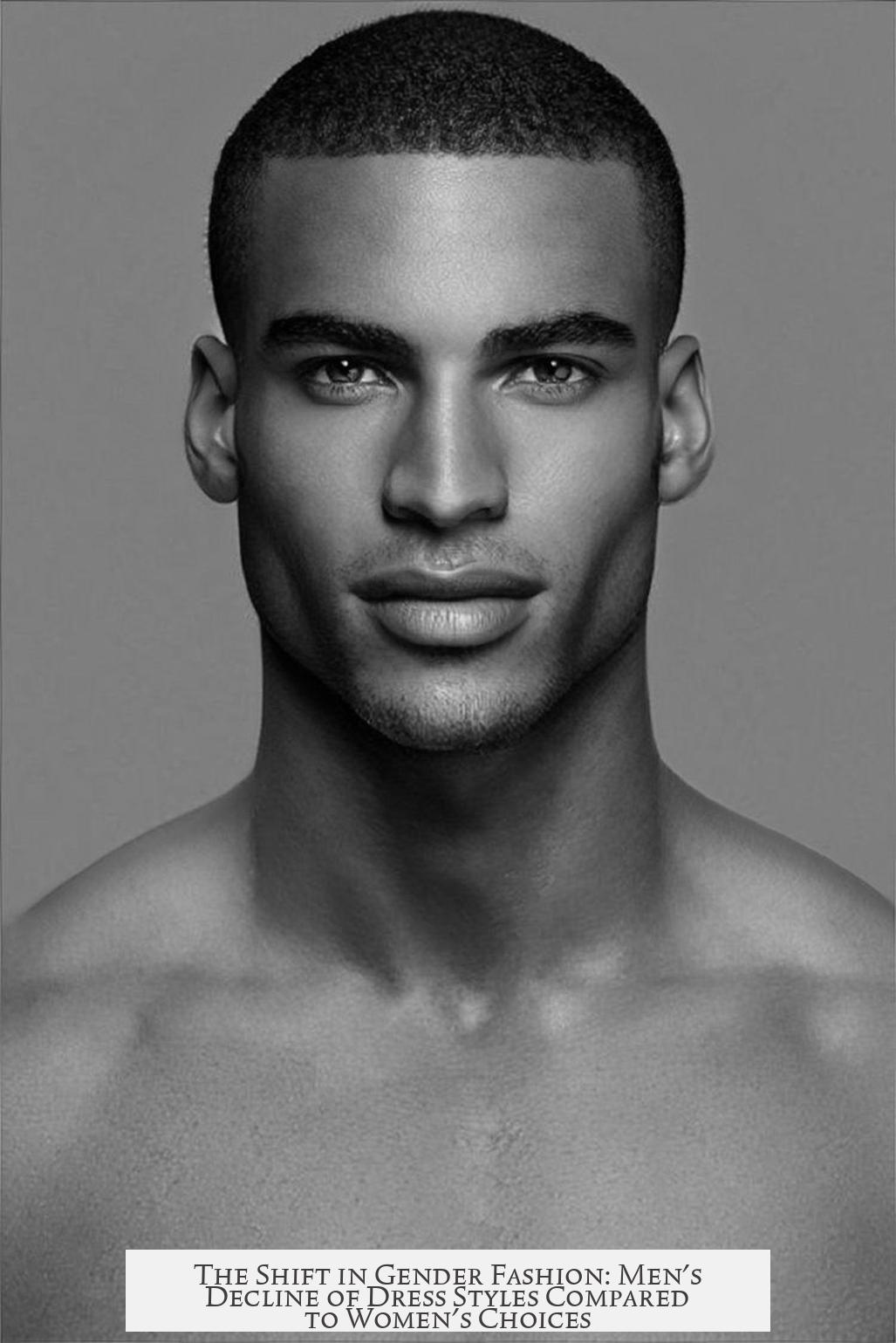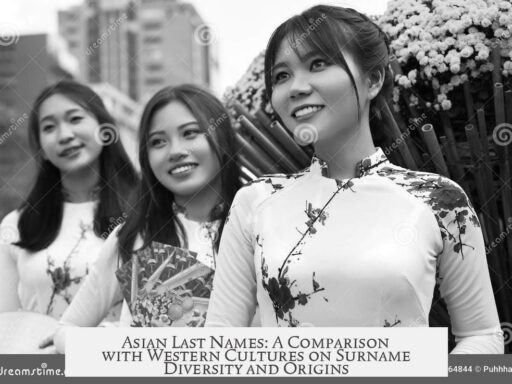Men largely stopped wearing dress and skirt-style clothing from the late medieval to early modern period due to evolving cultural norms around body display, tailoring advances, and a gendered double standard in fashion, whereas women continued to wear such garments because skirts served different social and moral functions within female dress codes.
During antiquity and well into the medieval era, men commonly wore gowns and tunics, often knee-length or longer. This practice remained widespread until roughly the end of the medieval period. Illustrations such as those from the Tacuinum Sanitatis (late 14th century) and a 15th-century copy of Regnault de Montauban depict men in long garments like houppelandes and tunics. Even peasants typically wore tunics extending to the knee rather than short jackets.
From the late 10th century, a shift toward body-conscious clothing began among the wealthy youth in France. The bliaut, a tightly fitted gown or tunic, became fashionable. Tailoring techniques emerged that allowed clothes to closely hug the body, marking a departure from looser rectangular cut garments like the peplos or T-tunic styles. This “tailoring revolution” in the 13th and 14th centuries introduced curved seams and shaped pieces for better fit.
For men, the move toward body-fitting clothing was paired with a growing emphasis on displaying the legs. Hose and the codpiece became significant fashion statements. These innovations aligned with men’s increasing freedom to use their bodies as a canvas for status and style. By the early 16th century, wearing hose and codpieces became normalized male apparel, and by the early 17th century, the idea of men wearing gowns or skirts outside of theatrical or specific social roles (e.g., monks or judges) was largely abandoned.
Crucially, a gendered double standard influenced why men abandoned skirts while women retained them. Male sexual display attracted some criticism but was generally more tolerated or perceived differently than female display. Women’s morality and behavior faced intense scrutiny, often limiting their modes of bodily expression. Garments exposing legs or tightly shaping the male form became acceptable, but similar exposure or tightness in women’s attire provoked anxiety and social censure.
For women, skirts and dresses were embedded in cultural expectations of modesty and femininity. Showing legs openly was deemed inappropriate for women. Instead, women displayed status and form through bodices and skirts that emphasized different parts of the body while conforming to moral and social codes. However, any attempt by women to mimic male-style leg exposure through hose or tight garments was socially and morally unacceptable.
This led to divergent fashion trajectories:
- Men shifted toward breeches, hose, and trousers that showcased legs and integrated new tailoring methods enhancing body-conscious styles.
- Women continued to wear skirts and dresses, as these garments aligned with gendered notions of modesty and female identity, with the skirt serving as the core of female fashion.
This divergence is less about one garment’s inherent qualities and more about how social norms, tailoring innovations, and moral regulations shaped acceptable male and female dress differently. Men’s clothes evolved toward legual display and body shaping in trousers and hose. Women remained in skirts as expressions fitting gender expectations and controlling moral narratives.
| Aspect | Men’s Fashion Shift | Women’s Fashion Continuity |
|---|---|---|
| Garment Type | From gowns/skirts to hose, breeches, and trousers | Continued use of skirts and dresses |
| Tailoring | Adoption of fitted, body-conscious tailoring emphasizing legs | Fitted bodices and skirts maintaining modesty |
| Social Function | Status display via leg exposure and codpiece | Modesty and female identity confirmed via skirts |
| Moral & Gender Norms | Allowed leg display with social oversight | Strict control on leg exposure; moral scrutiny |
| Symbolism | Masculine display, power, and fashion innovation | Femininity, respectability, and controlled display |
This fashion divergence demonstrates how clothing is deeply intertwined with social norms and moral judgments. Clothing shapes and silhouettes evolved reflecting who could show which parts of the body and in what manner. Men’s abandonment of dresses and skirts was part practical and part cultural, enabled by tailoring and legitimized by gendered moral expectations. Meanwhile, women’s continuation of skirted clothing reinforced their distinct social roles and restrictions.
- Men wore gowns and skirts commonly until the late medieval period.
- By the 13th-14th centuries, tailoring innovations favored fitted clothing emphasizing the legs for men.
- The codpiece and hose became focal fashion items for men, replacing skirts.
- Women remained in skirts due to strict moral norms restricting leg exposure.
- The gendered double standard deeply influenced the divergence in dress style between men and women.
Why did men stop wearing gown or skirt-style clothing by the 17th century?
Men shifted to tight-fitting clothing to emphasize their legs and body shape. Hose and codpieces became popular fashion statements. By the 1600s, gowns for men were mainly limited to specific roles like monks or judges.
What role did body-conscious clothing play in changing men’s fashion?
Starting in the Middle Ages, men favored clothing that fit the body closely. This tailoring emphasized status and style by allowing varied cuts. Fitted clothes highlighted male legs, unlike loose gowns.
Why did women continue to wear skirt-style clothing while men moved away from it?
Women’s fashion was more restricted due to social and moral norms. Showing legs was seen as improper for women, limiting their clothing options to gowns and skirts. Tight hose for women was not socially accepted.
How did societal views on morality affect men’s and women’s fashion differently?
Male sexual display was criticized but tolerated to some extent. Women faced stricter scrutiny for revealing clothing. This double standard kept women in skirts while men adopted pants and tights.
Did tailoring innovations influence the decline of skirts in men’s fashion?
Yes, innovations in tailoring made snug, shaped clothes possible. These styles used more fabric and skill but allowed men to move away from loose gowns. Skirts became seen as less fashionable for men.



